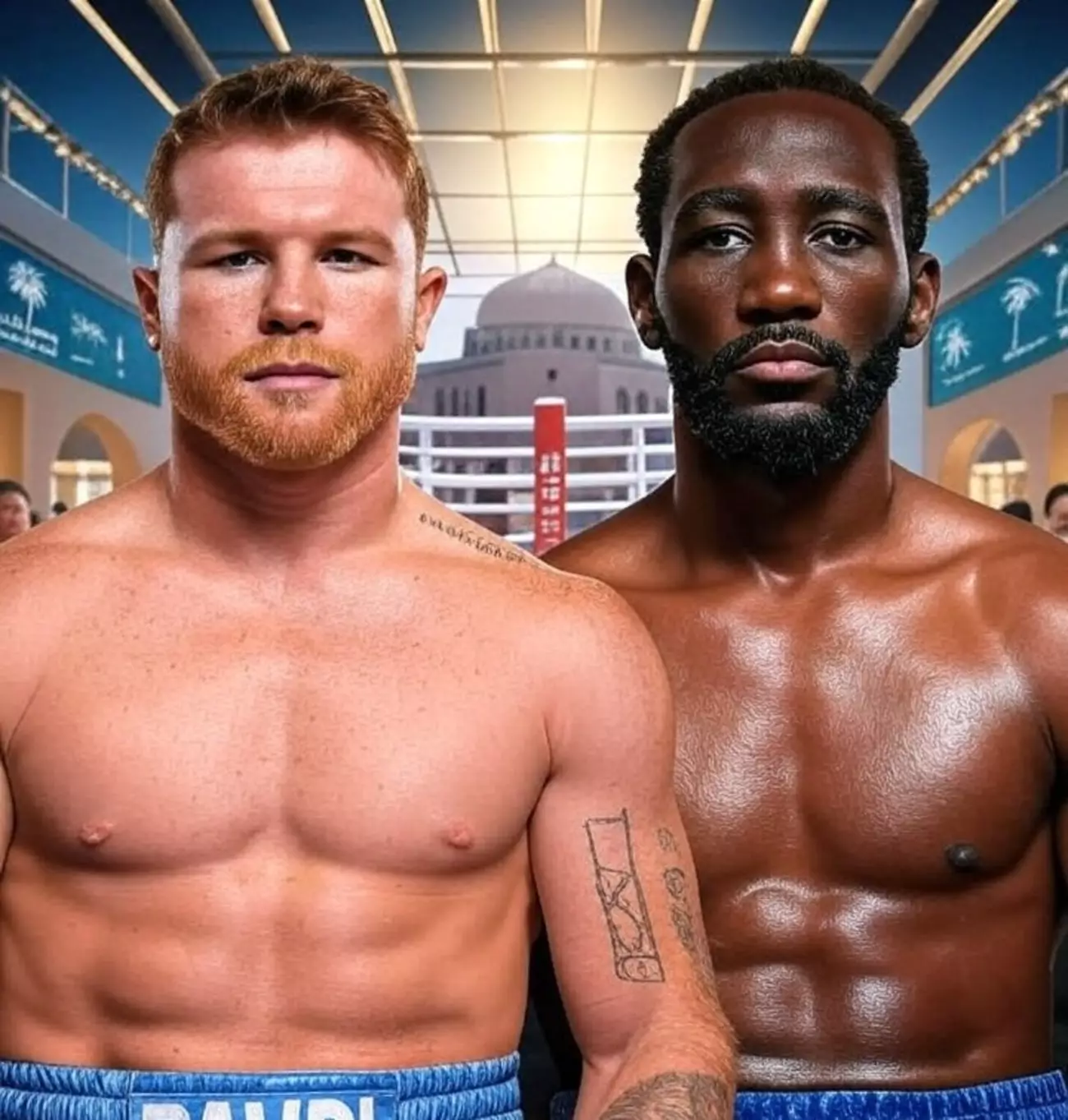In an era where the sport’s most captivating narratives often revolve around dramatic rivalries and stunning upsets, the upcoming clash between Saul “Canelo” Álvarez and Terence “Bud” Crawford on September 13 in Las Vegas signifies more than just a battle of fists; it embodies a seismic shift in how boxing is consumed, marketed, and remembered. This event is not only historic because it pits two undisputed champions at super middleweight against each other, but also because of the groundbreaking way it is being presented to a global audience. For the first time, a fight of this magnitude will be streamed directly through Netflix, a platform traditionally associated with entertainment and streaming shows, not combat.
This move signifies a potential revolution in how boxing reaches fans worldwide. By bypassing typical pay-per-view models and including the event within a subscription, Netflix exemplifies a radical departure from the sport’s historical broadcast conventions. This democratizes access, making a high-stakes bout available to its 300 million subscribers without additional costs—a concept that could reshape future fight promotion. The significance lies not only in the fighters’ legacies but in the unprecedented delivery method, which could eventually determine how boxing’s biggest events are packaged in the digital age.
The Stakes: More Than Just Belts and Records
This fight’s grandeur is amplified by the fact that it’s a bout between two of the best in their respective eras—Canelo, the Mexican superstar who has long been the face of the super middleweight division, and Crawford, who recently unified the welterweight division with a masterful display of skill and dominance. The combination of these two undisputed champions fighting at 168 pounds is almost surreal, given boxing’s history of divisional silos and rivalries that rarely bridge weight classes.
Canelo’s career is decorated with dominant wins over notable fighters like Golovkin and Saunders, cementing him as the division’s benchmark. Meanwhile, Crawford’s rise has been marked by technical brilliance and unparalleled versatility, notably his unification at welterweight through a decisive victory over Errol Spence Jr. The convergence of their legacies on this date raises questions about the intrinsic value of the belts. This bout could redefine greatness, weighing more on the depth of talent and skill rather than pure titles alone.
What makes this fight even more compelling is the stylistic contrast. Crawford, known for his exceptional timing and precision, faces off against Canelo’s power and relentless body work. The outcome hinges on whether Crawford’s tactical genius can neutralize the larger, more powerful Álvarez. It’s a chess match wrapped in a slugfest, with the winner potentially elevating his status to an even higher echelon of boxing’s elite.
The Cultural and Commercial Implications
The event doesn’t just aim to entertain; it reflects a broader cultural shift in sports consumption. The fact that Netflix streams the main card and prelims signifies a move toward making boxing accessible on mainstream digital platforms. This can be viewed as an attempt to tap into younger audiences who favor streaming over traditional TV or pay-per-views, thereby expanding the sport’s reach and relevance.
Adding further intrigue, the fight is part of the Saudi-funded Riyadh Season, illustrating how geopolitical investments are increasingly influencing the sport’s future. The involvement of UFC President Dana White and the event’s organization under international promotion widen the scope, emphasizing how boxing now exists within a global, interconnected market with a broader entertainment scope.
This event’s undercard, while somewhat modest compared to previous “festival-style” fight marathons, still presents a diverse mix of rising prospects and seasoned contenders. The decision to keep the fight card concise suggests a focus on quality over quantity, emphasizing that this is a marquee event designed to showcase top-tier talent rather than offering a multi-day spectacle. However, the absence of a sprawling card with dozens of fights might disappoint fans expecting a festival-like atmosphere, hinting at a potential shift in how boxing events are designed in the future—more streamlined, more focused, but possibly less chaotic.
What This Means for Boxing’s Future
More than anything, this event encapsulates the sport’s ongoing evolution. The integration of streaming giants like Netflix suggests that the traditional boxing promotion model is susceptible to disruption. It pushes promoters and fighters alike to consider new ways of engaging audiences, leveraging technology over the old pay-per-view system that once dictated the sport’s economic landscape.
Additionally, this fight’s historic nature will likely set a precedent. If successful, it might inspire other mega bouts to follow suit, especially as digital platforms seek to diversify their content offerings. The increasing convergence of sports, entertainment, and digital technology symbolizes a brighter, more accessible future for boxing—one less dependent on gate revenues and traditional broadcasting, but still rooted in the raw, unfiltered passion that has always been at the sport’s heart.
By elevating the event’s accessibility, the fight promises to put boxing back into mainstream conversations with a renewed vigor. It’s a bold statement that the sport has not only survived the tumult of the past decades but is now primed to thrive within the digital age—a renaissance driven by innovation, strategic marketing, and the timeless allure of two warriors stepping into the ring to carve their name into history.

